There is nothing more representative of Mexican and Oaxacan folk art than the vibrant colors, exquisite detail, and a deep symbolism that is displayed in magical alebrijes. For decades, indigenous towns in the state of Oaxaca dedicated their lives to follow the wood carving tradition that their ancestors passed down centuries ago. Today, implementing a more modern tradition filled with imaginative elements, skilled artists bring to life products of their own mind and the tales they know, making alebrijes a product filled with magic, folk tales, and culture, each unique to its creators' imagination.

Collection of Hand Painted Alebrijes or Wooden Figurines, Lolo.
What are Alebrijes?
Alebrijes are creatures that take elements from different animals and from the artist's imagination to create a magical being. For this reason, there are no limits to what an alebrije can look like and the possibilities are endless. The way they are seen, these animal-like creatures are real and they roam through their towns, hills, and forests in another dimension. Alebrijes are spirits that guide, accompany, and protect us throughout our lives. These animal-like creatures are products of its creator’s imagination, which makes them unique representatives of the artist’s mind and state of being. Alebrijes are not representative of animals nor things; they are creatures that live in our dreams, mind, and are connected to our spirit.
What is the story behind Alebrijes?
The origin of alebrijes can be traced to the cartonero Pedro Linares López in the 1930s who, in Mexico City, made a living of crafting piñatas, masks, and judas figures from cartonería (a technique very similar to crafting with paper-mâché). The origin story says that while very ill with high fever, Pedro Linares López had a delusion where mystical creatures that looked like animals in brightly colored skin chanted the word alebrije over and over again. Although feeling terrified of these strange-looking yet familiar figures, this hallucination caused his fever and illness to stop, making him consider these creatures as guides and protectors.
After this, Pedro Linares López began sculpting representations of his dream-creatures on paper-mâché, making him so famous that artists of the time, mainly Diego Rivera and Frida Kahlo, would commission him to craft alebrijes for their private collections and others would approach him for his talent to sculpt alebrijes for events and exhibitions. As fame and recognition grew for Linares López’s work, so did alebrijes, which were established as the Mexican folk art we know today.

Not long time passed when San Antonio Arrazola native, Manuel Jiménez, known as the father of alebrijes, recreated alebrijes and turned them into what we know today. Before alebrijes, the town of San Antonio Arrazola in Oaxaca shared the knowledge of carving animal figures with precise detail in copal wood. Instead of using cartonería/paper-mâché, like Linares López did, Jiménez used the wood carving techniques to recreate these mystical animals. However, he used his own cosmos vision, imagination, and fauna from his area to create even more magical creatures. As Jiménez made a craft out of creating alebrijes, he also introduced this to the entire town, making Arrazola the town of alebrijes.
However, alebrijes in Oaxaca are not exclusive to the town of Arrazola. This newer version of crafting alebrijes spread to other towns, such as San Martín Tilcajate and La Unión Tejalapan, who has made alebrijes a major source of income in the area and witnessed a number of notable artists other than Manuel Jiménez such as Julia Fuentes, Jacobo Ángeles, Martín Sandiego, and Miguel Sandiego, among others. More than an artisanal piece, some people (Lolo included) consider alebrijes to be exquisite pieces of art. The knowledge required to craft one of these pieces is a process that is acquired from generation to generation. The inhabitants of these towns are born witnessing this process as part of their family environment; in their homes one can find the piles of copal wood used; the necessary tools to carve them; and the paint are part of the children who grow up there. As such, children learn this technique naturally and grow up to become talented artists of alebrijes.

How are alebrijes made?
Alebrijes are carved from copal wood, which is a small tree that makes for a soft and resistant wood. To carve one alebrije the big trunk is initially shaped with a machete to give it the first shapes. Then a smaller pocket knife is used to shape what they call the rustic shapes. Lastly all the details and fine carvings are made with a smaller blade and then sanding it to make it smooth enough for paint. Alebrijes are painted with a base color and other colorful details are added with precision. Nowadays acrylic paint is used, as it makes it easier for more detailed and colorful creations. The use of this paint also makes it easier for alebrijes to last longer and be easy to clean.

Process of alebrije creation in Colectivo Muños workshop. Photo courtesy of Beremundo.
As we mentioned before, alebrijes from Oaxaca are a new form of wood carving. Before that wood carving artisans in Oaxaca used to carve detailed animals, masks, and toys leaving them with their natural wood color or painting them in a more traditional way. However, as alebrijes began to popularize, the same technique was used to add the various imaginative elements that make up alebrijes. Dragons, pegasus, winged horses, horned coyotes, cats with fishtails and many other creatures began to be crafted and painted with vivid colors. Although one can find the same creature to be commercialized, its handmade nature and the patterns and paint used will never be the same. Some figures such as dogs, iguanas, armadillos, cats, and porcupines are repetitive and more common, as they represent the local fauna and are protagonists of the fables told.

Hand Painted Hanging Cat Wooden Figurine, Lolo.
Alebrijes from Lolo are made by the talented hands at the Colectivo Muños, where Beremundo and his compañeros carve these products of their imaginations and create the figurines and alebrijes you are so fond of. If you are still wondering what are alebrijes, we can take on Beremundo’s words to us: “cada artesano se puede imaginar una pieza y pues a través de esa imaginación la hacemos real. Es algo bonito poder hacer algo que lo puedes imaginar; por eso existen piezas únicas, porque cada pieza lleva algo especial y una parte de nosotros.” (Each artisan can imagine a piece and, through that imagination, we make it real. It is something beautiful to be able to make something that you imagine; that is why there exists unique pieces, because every piece has something special and a part of us).

Hand Painted Dragon Wooden Figurine, Lolo.
So, what do you think? What is an alebrije that you can imagine or have dreamt of? We would love to hear of you and your own magical creations!
If you would like to check out the work from Colectivo Muños, including their alebrijes, be sure to check them out by clicking here. Also, don’t forget to subscribe to our mailing list where you will be the first to know of special offers and promotions, new and restocked products, and all our weekly informative pieces!


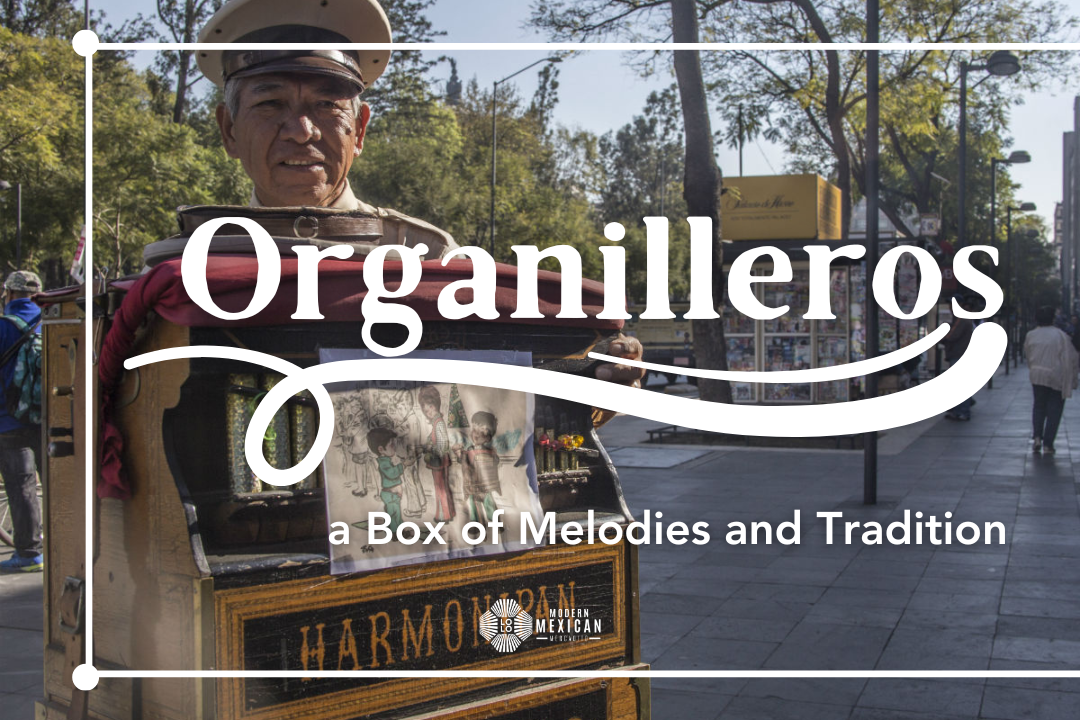
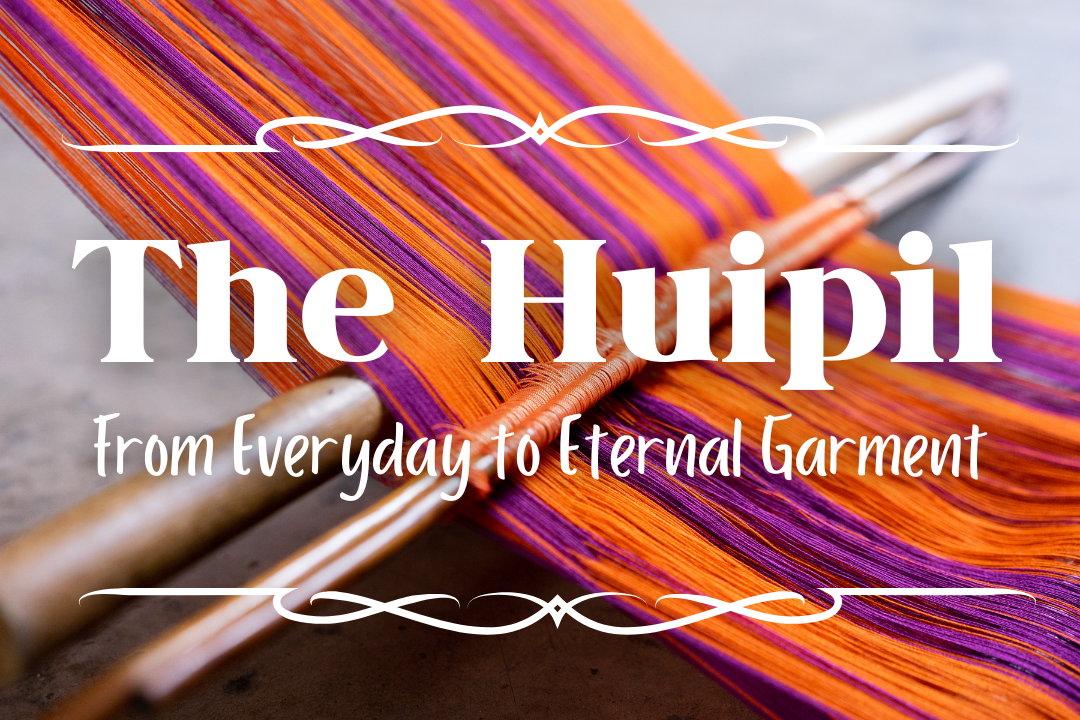
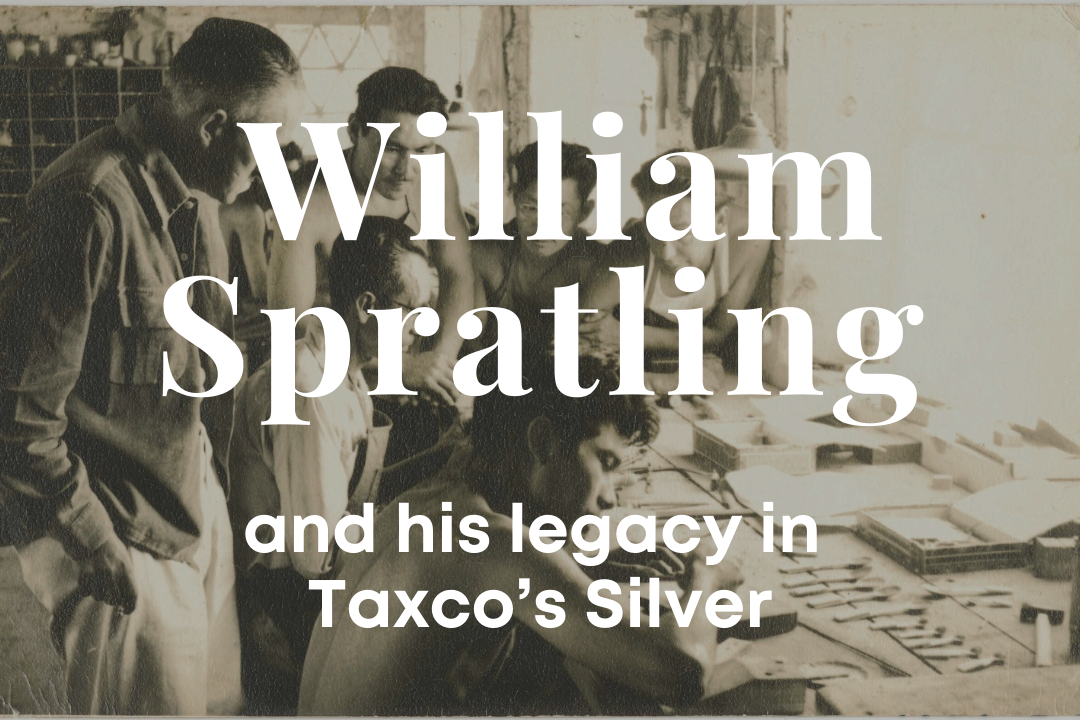
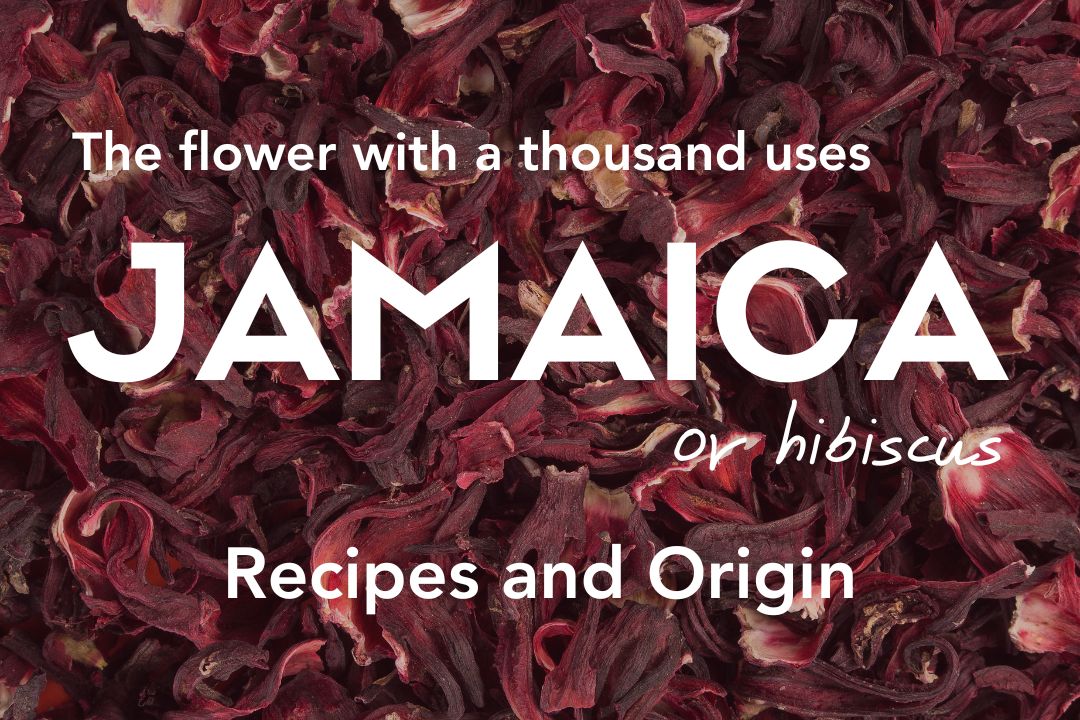
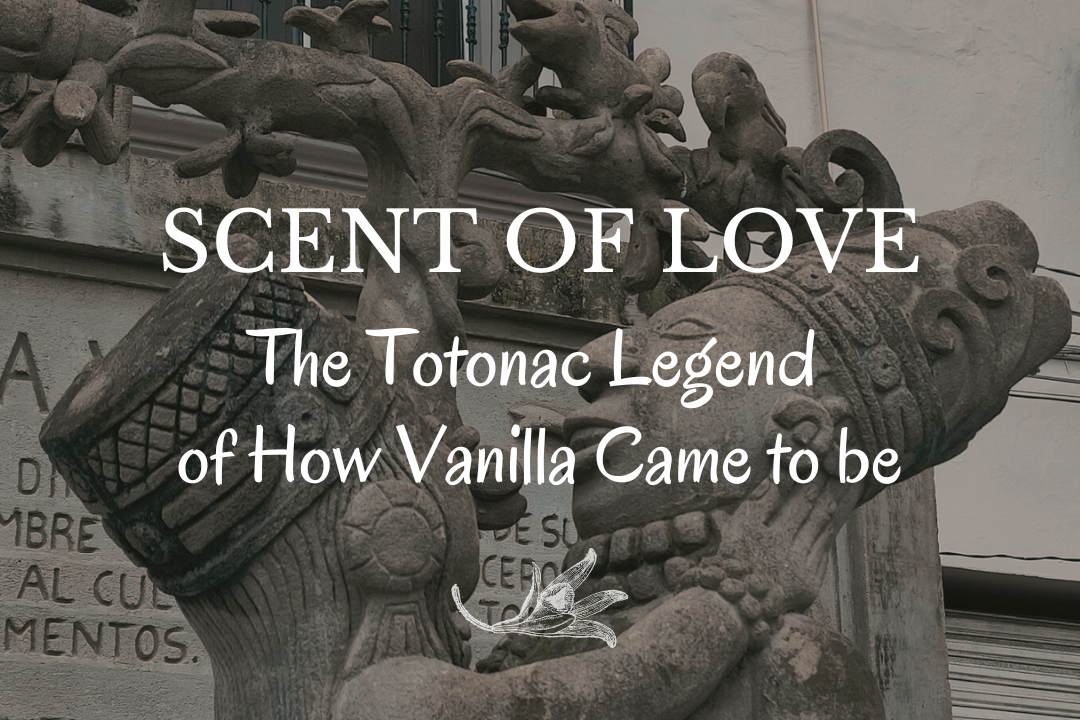
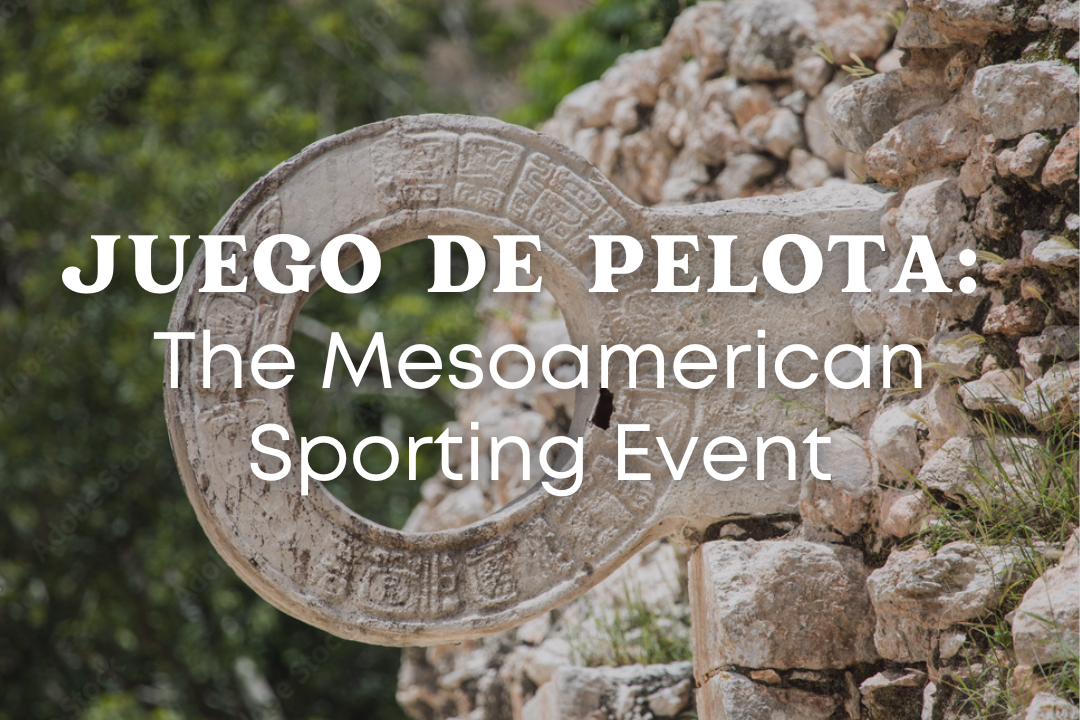

1 comment
Erwin
Best way to clean them